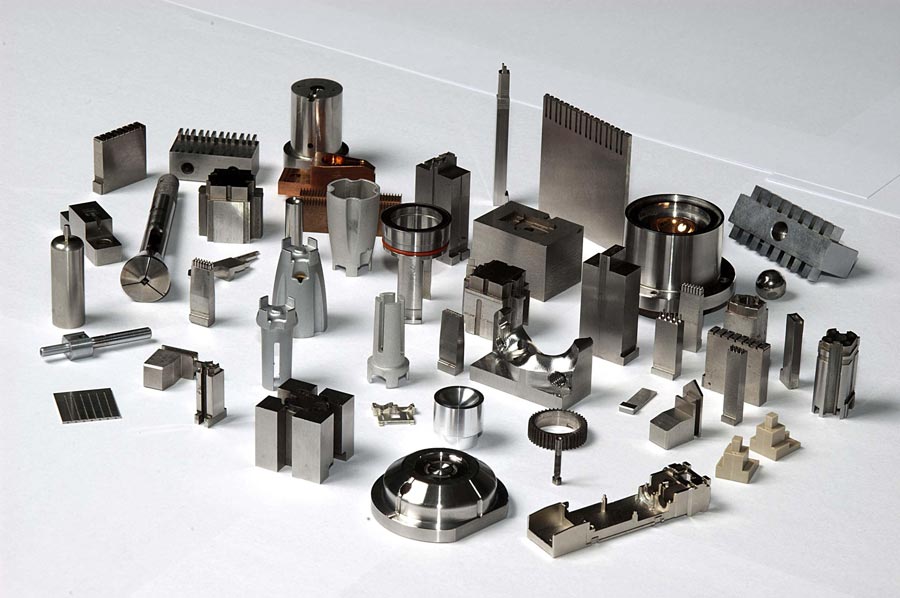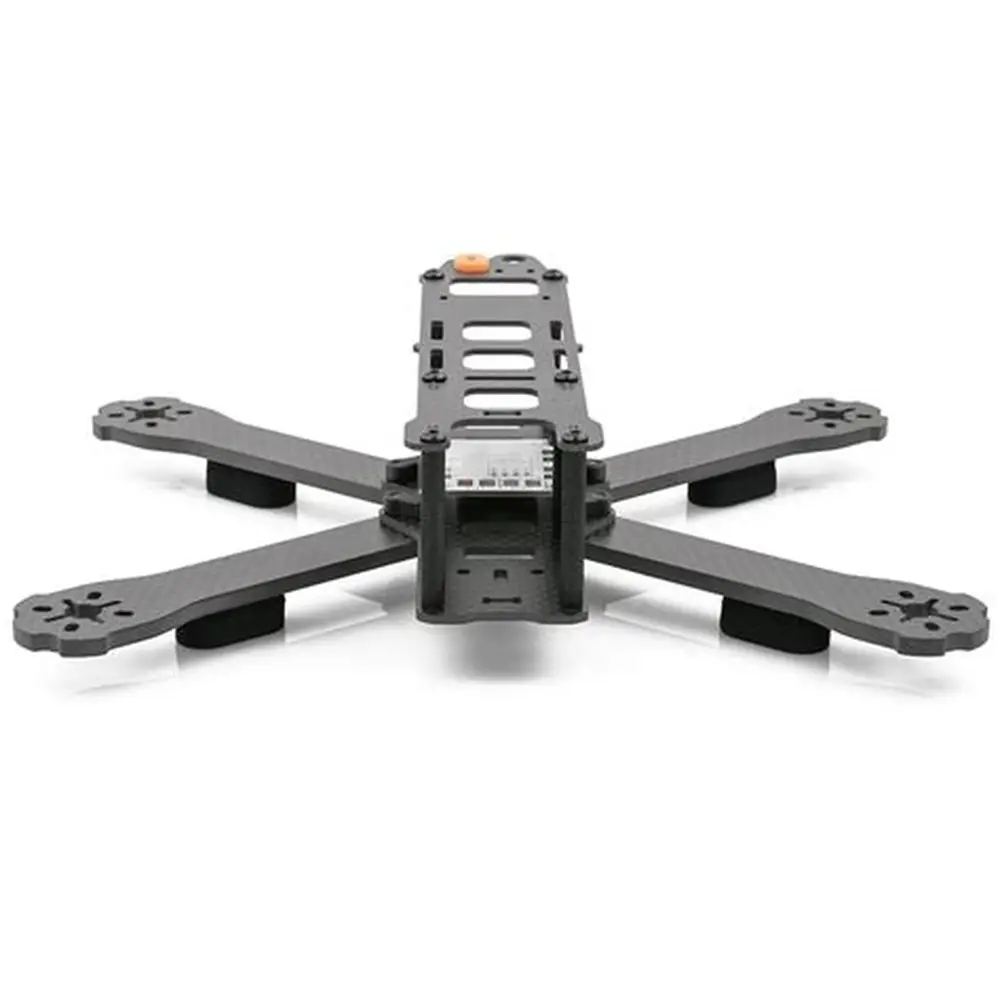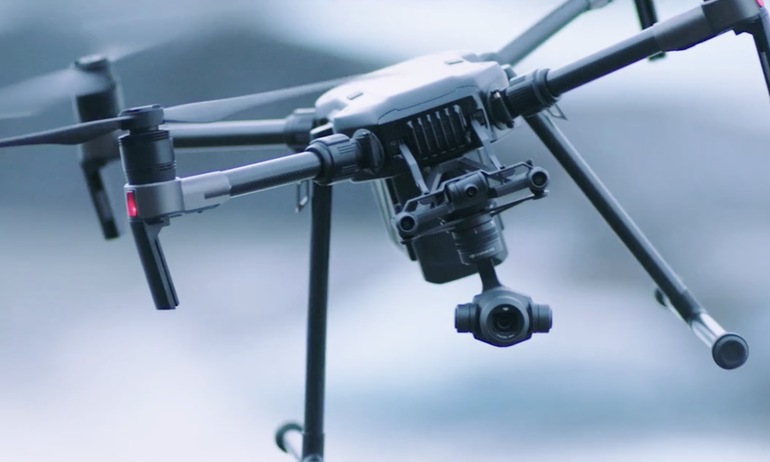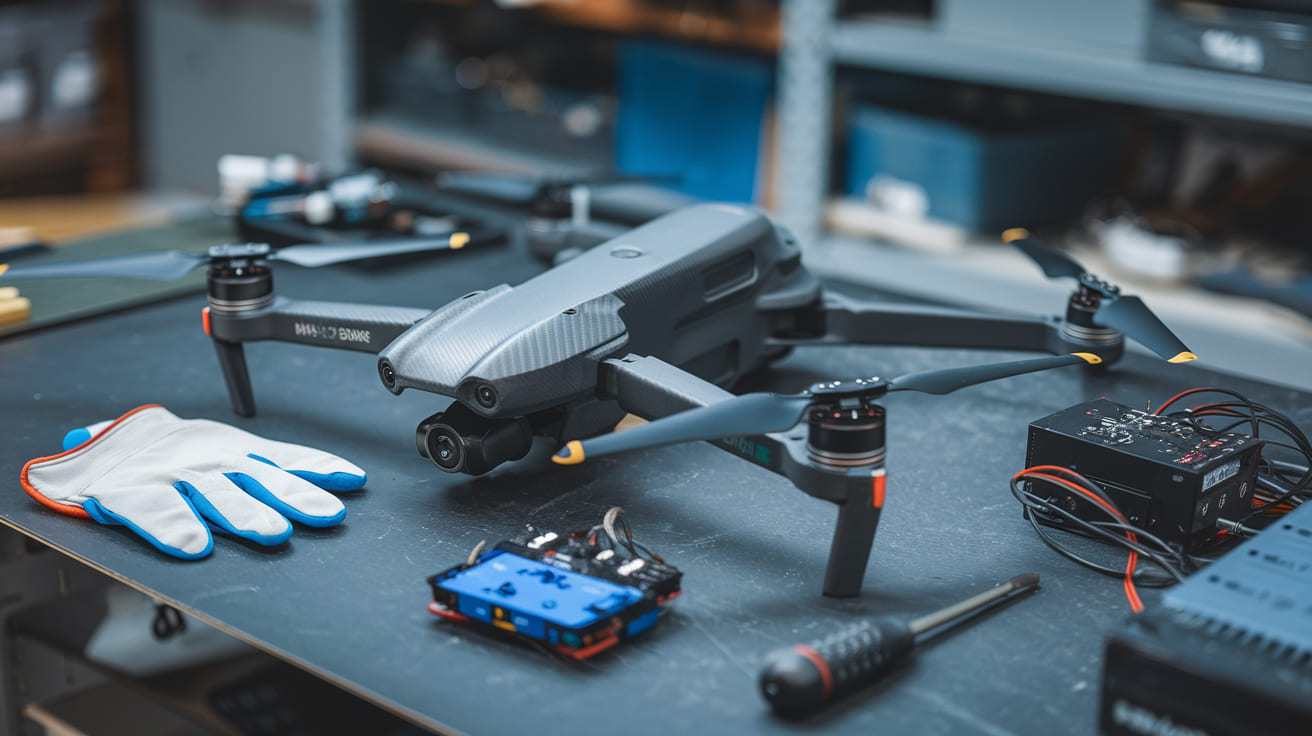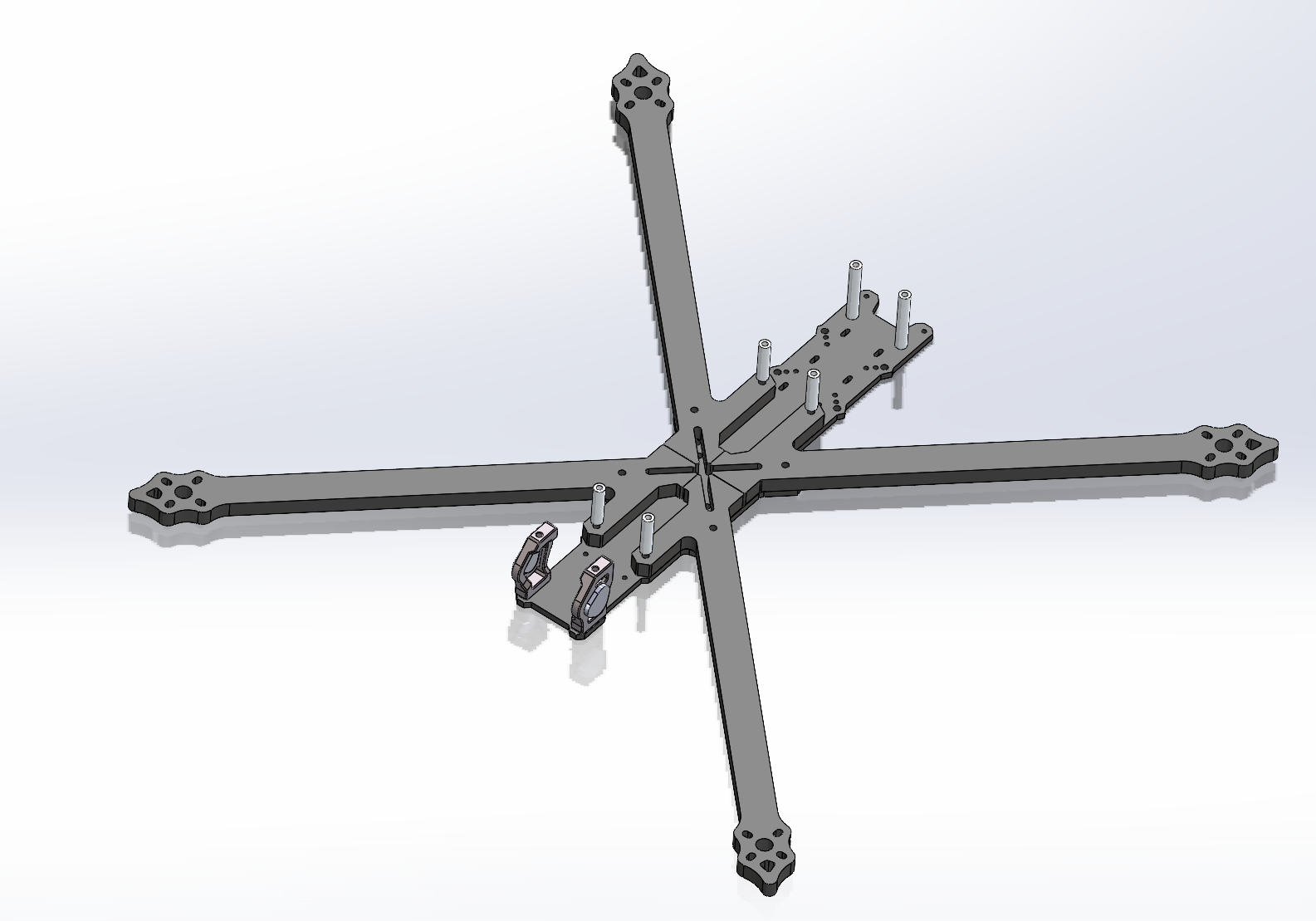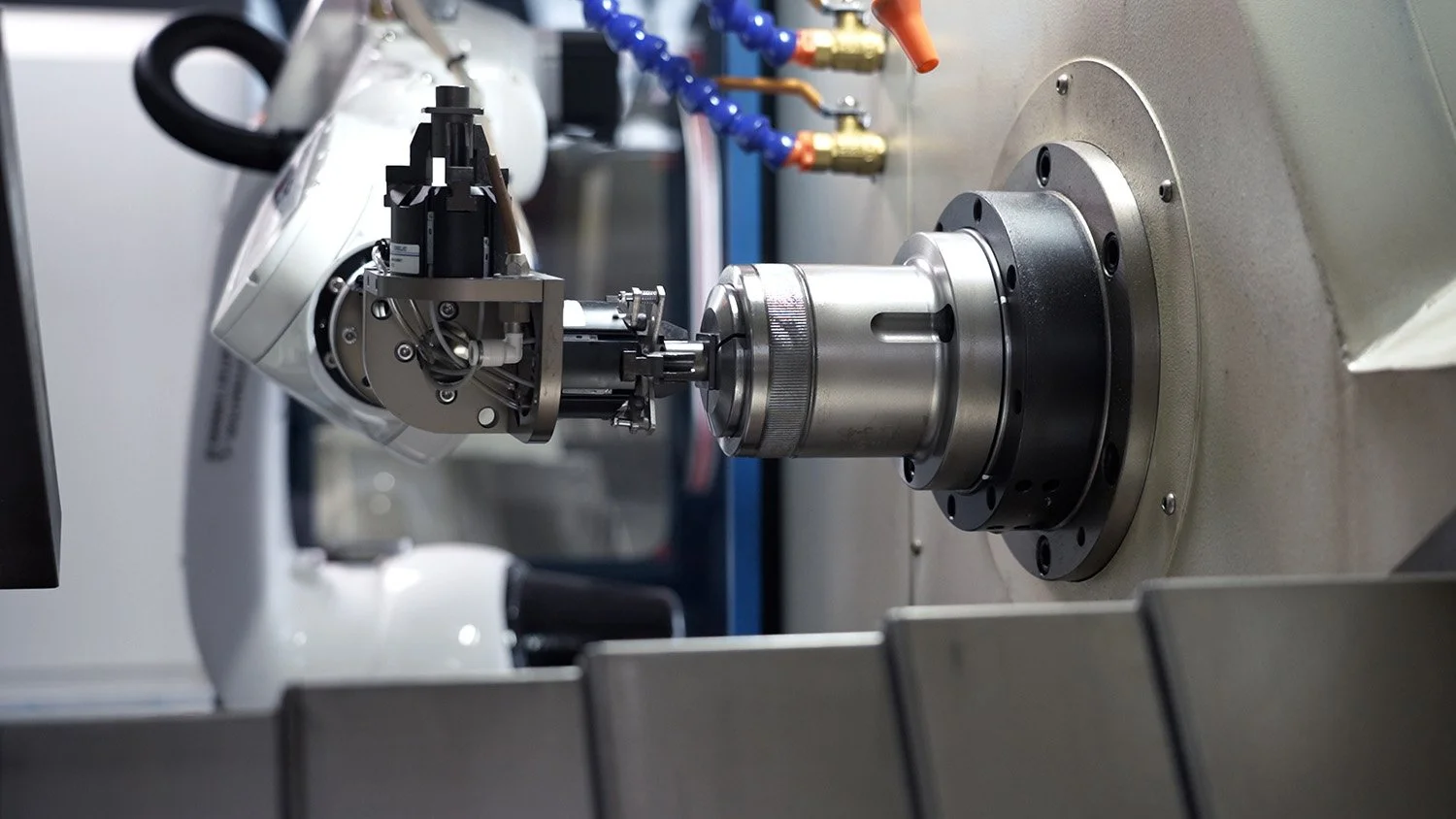The Comprehensive Guide to CNC Machining Services: Precision Manufacturing for Modern Industry
Introduction to CNC Machining Services
Computer Numerical Control (CNC) machining represents the pinnacle of precision manufacturing, combining computerized controls with advanced machinery to produce components with exceptional accuracy and repeatability. This subtractive manufacturing process has revolutionized how industries approach component production, from prototyping to full-scale manufacturing. CNC machining services provide businesses with access to industrial-grade manufacturing capabilities without the substantial capital investment required for in-house equipment and specialized personnel.
The global CNC machining market continues to expand rapidly, driven by increasing demand from aerospace, automotive, medical, and electronics industries. This growth reflects a broader shift toward digital manufacturing ecosystems that prioritize efficiency, precision, and scalability. Modern CNC machining services leverage advanced technologies including artificial intelligence, automation, and Internet of Things (IoT) connectivity to deliver superior results with faster turnaround times and reduced costs.
Fundamental Concepts of CNC Machining
Core Components of CNC Systems
CNC machining systems consist of several integrated components that work together to transform digital designs into physical parts:
-
CNC Machine Tools: The primary hardware including mills, lathes, routers, and grinders that perform actual material removal operations
-
Controller: The computerized brain that interprets programming instructions and converts them into precise machine movements
-
Software: CAD/CAM systems that facilitate design creation and toolpath generation
-
Cutting Tools: Specialized instruments including end mills, drills, and inserts that remove material from the workpiece
CNC Programming Fundamentals
CNC operations are governed by specialized programming languages that control every aspect of the machining process:
Table: Essential CNC Programming Codes
| Code Type | Function | Common Commands | Application |
|---|---|---|---|
| G-codes | Geometric codes controlling machine movements | G00: Rapid positioning G01: Linear interpolation G02: Circular interpolation clockwise G03: Circular interpolation counterclockwise |
Control toolpaths, cutting speeds, and positioning |
| M-codes | Miscellaneous machine function controls | M03: Spindle start clockwise M05: Spindle stop M08: Coolant on M09: Coolant off |
Manage auxiliary functions like coolant control and tool changes |
CNC Machining Processes and Capabilities
Primary Machining Techniques
Modern CNC machining services offer a comprehensive range of manufacturing processes:
1. CNC Milling
CNC milling employs rotating cutting tools to remove material from a stationary workpiece. This versatile process can create complex geometries, flat surfaces, cavities, and contours with high precision.
Table: CNC Milling Operations and Applications
| Milling Type | Tooling Used | Tolerance Capability | Typical Applications |
|---|---|---|---|
| Face Milling | Face mills | ±0.05mm | Large flat surfaces, mounting plates |
| Peripheral Milling | End mills | ±0.025mm | Contours, profiles, and slots |
| Profile Milling | Ball nose end mills | ±0.0125mm | 3D contours, molds, and dies |
| Pocket Milling | End mills | ±0.025mm | Enclosed cavities, housing features |
| Drilling | Twist drills | ±0.05mm | Hole making, fastener patterns |
2. CNC Turning
CNC turning rotates the workpiece against stationary cutting tools to produce cylindrical components with excellent concentricity and surface finishes.
3. Multi-Axis Machining
Advanced CNC systems offer additional axes of movement for complex part production:
-
3-Axis: Standard X, Y, Z linear movement
-
4-Axis: Adds rotational movement around the X-axis (A-axis)
-
5-Axis: Adds rotational movement around both X and Y axes (A and B axes)
-
5+ Axis: Additional rotational or linear movements for unparalleled flexibility
Material Selection for CNC Machining
CNC machining services work with an extensive range of materials, each offering distinct properties and advantages:
Table: Common CNC Materials and Their Properties
| Material Category | Specific Alloys/Grades | Properties | Typical Applications |
|---|---|---|---|
| Aluminum | 6061-T6, 7075-T6, 2024-T3 | Lightweight, good strength-to-weight ratio, excellent machinability | Aerospace components, automotive parts, consumer electronics |
| Stainless Steel | 304, 316, 17-4 PH, 416 | Excellent corrosion resistance, high strength, durability | Medical instruments, food processing equipment, marine applications |
| Tool Steel | A2, D2, O1, S7 | High hardness, wear resistance, retains properties at elevated temperatures | Molds, dies, cutting tools |
| Titanium | Grade 2, Grade 5 (Ti-6Al-4V) | Exceptional strength-to-weight ratio, biocompatibility, corrosion resistance | Aerospace components, medical implants, high-performance automotive |
| Plastics | ABS, Nylon, PEEK, Delrin | Lightweight, electrical insulation, chemical resistance | Electrical enclosures, bearings, wear strips |
| Copper Alloys | Brass, Bronze | Excellent electrical and thermal conductivity, corrosion resistance | Electrical components, heat exchangers, decorative elements |
Technical Specifications and Cutting Parameters
Optimal machining results require precise control of cutting parameters based on material properties and operation requirements:
Table: CNC Cutting Parameters for Various Materials
| Material | Operation Type | Cutting Speed (m/min) | Feed Rate (mm/rev or mm/min) | Depth of Cut (mm) | Cooling Method |
|---|---|---|---|---|---|
| Aluminum | Roughing | 200-300 | 0.1-0.3 | 0.5-1.5 | Air blast or emulsion |
| Finishing | 250-400 | 0.05-0.2 | 0.1-0.5 | Air blast or emulsion | |
| Steel | Roughing | 80-120 | 0.2-0.4 | 0.5-2 | Emulsion or oil |
| Finishing | 100-150 | 0.1-0.3 | 0.1-0.5 | Emulsion or oil | |
| Stainless Steel | Roughing | 50-80 | 0.1-0.3 | 0.5-2 | Emulsion or oil |
| Finishing | 60-90 | 0.05-0.2 | 0.1-0.5 | Emulsion or oil | |
| Titanium | Roughing | 30-50 | 0.1-0.2 | 0.5-1.5 | High-pressure coolant |
| Finishing | 40-60 | 0.05-0.15 | 0.1-0.5 | High-pressure coolant | |
| Plastics | Roughing | 150-250 | 0.1-0.3 | 0.5-1.5 | Air blast |
| Finishing | 200-300 | 0.05-0.2 | 0.1-0.5 | Air blast |
Quality Assurance in CNC Machining Services
Reputable CNC machining services implement rigorous quality control processes to ensure consistent results:
Inspection Equipment and Techniques
-
Coordinate Measuring Machines (CMM): For comprehensive dimensional analysis of complex geometries
-
Optical Comparators: For rapid 2D profile inspection and verification
-
Surface Roughness Testers: To quantify surface texture parameters (Ra, Rz, Rmax)
-
Hardness Testers: To verify material properties and heat treatment results
-
Spectrometers: For material composition verification
Certification Standards
Leading CNC service providers maintain various quality certifications:
-
ISO 9001:2015: Quality management systems certification
-
AS9100D: Aerospace quality management standard
-
ISO 13485: Medical device quality management systems
-
ITAR Compliance: For defense and aerospace applications
-
NADCAP: Special processes accreditation for aerospace
Applications Across Industries
CNC machining services serve diverse industries with specific requirements and standards:
Aerospace Industry
The aerospace sector demands components with exceptional strength-to-weight ratios, tight tolerances, and material traceability. CNC machining produces critical components including:
-
Structural airframe elements
-
Engine mounts and turbine blades
-
Landing gear components
-
Avionics enclosures and mounting systems
Medical Equipment
Medical applications require biocompatible materials, exceptional surface finishes, and strict regulatory compliance. CNC machining produces:
-
Surgical instruments and implants
-
Diagnostic equipment components
-
Prosthetics and orthopedic devices
-
Dental components and guides
Automotive Industry
The automotive sector utilizes CNC machining for both prototype development and production components:
-
Engine and transmission components
-
Suspension and braking system parts
-
Customized automotive accessories
-
Electric vehicle battery enclosures and thermal management systems
Electronics and Telecommunications
CNC machining produces precision components for electronics applications:
-
Enclosures and heat sinks
-
Waveguides and antenna components
-
Connectors and interface components
-
Semiconductor manufacturing equipment
Advanced CNC Machining Technologies
High-Speed Machining (HSM)
HSM techniques utilize specialized toolpaths and parameters to achieve:
-
Increased material removal rates
-
Improved surface finishes
-
Reduced machining times
-
Extended tool life
Micromachining
Micromachining capabilities enable production of extremely small features with tolerances reaching ±0.0025mm for applications in:
-
Medical devices and implants
-
Microelectronics
-
Optical components
-
Precision instrumentation
Hybrid Manufacturing
The integration of additive manufacturing with subtractive processes combines the design flexibility of 3D printing with the precision and surface quality of CNC machining.
Selecting a CNC Machining Service Provider
Key Selection Criteria
When choosing a CNC machining partner, consider these critical factors:
-
Technical Capabilities: Ensure the provider offers the specific processes, materials, and tolerances your projects require
-
Quality Systems: Verify certifications and quality control processes match your industry requirements
-
Equipment Portfolio: Modern multi-axis machines with appropriate work envelopes and capabilities
-
Technical Expertise: Engineering support for design optimization and manufacturing advice
-
Prototyping and Production Capacity: Ability to scale from prototype to production quantities
-
Supply Chain Management: Material sourcing, inventory management, and delivery reliability
Cost Optimization Strategies
Effective approaches to manage CNC machining costs include:
-
Design for Manufacturability (DFM): Optimizing designs for efficient production
-
Material Selection: Choosing appropriate materials balancing performance and cost
-
Tolerance Rationalization: Specifying tight tolerances only where functionally required
-
Batch Optimization: Consolidating orders to maximize machine utilization
-
Standardization: Using standard tooling and features where possible
Case Studies: CNC Machining Success Stories
Case Study 1: Aerospace Component Manufacturing
Challenge: Produce 500 titanium turbine blades with a surface finish of Ra 0.4μm within an 8-week delivery window for a next-generation aircraft engine.
Solution: A CNC machining provider utilized 5-axis simultaneous machining with specialized toolpaths and high-pressure cooling optimized for titanium’s low thermal conductivity. The process incorporated in-process monitoring to ensure consistent quality throughout production.
Results: Achieved a 46% cost reduction compared to previous suppliers, shortened lead time to 6 weeks, and maintained a defect rate below 0.1%, fully meeting aerospace performance criteria.
Case Study 2: Medical Device Component
Challenge: Machine a biocompatible Ti-6Al-4V ELI (Grade 23) implant with complex porous structures for bone ingrowth, requiring micron-level accuracy and a mirror-like surface finish to prevent bacterial adhesion.
Solution: The provider employed 5-axis micromachining with specialized, polished carbide end mills and cryogenic cooling to preserve material properties and achieve the required surface finish without compromising metallurgical integrity.
Results: Components exceeded all medical specifications, achieving 99.8% dimensional compliance and surface finishes better than Ra 0.2μm, enabling successful surgical outcomes and long-term implant performance.
Case Study 3: Automotive Innovation
Challenge: Develop a lightweight aluminum battery enclosure for an electric vehicle with integrated cooling channels and mounting features, requiring thermal management performance and structural integrity under vibration.
Solution: CNC machining from solid aluminum billet using 3+2 axis machining to create complex internal passages. The process incorporated non-destructive testing to verify internal feature integrity without compromising the structure.
Results: The enclosure achieved 40% weight reduction compared to previous designs while improving thermal performance by 35%. The one-piece construction eliminated sealing issues and reduced assembly time by 60%.
The Future of CNC Machining Services
CNC machining continues to evolve with several emerging trends:
Digital Integration
-
IoT Connectivity: Real-time monitoring of machine performance and tool condition
-
Digital Twins: Virtual replicas of machining processes for optimization and prediction
-
Cloud-Based Manufacturing: Distributed manufacturing networks with centralized management
Advanced Materials
Development of new aluminum alloys, metal matrix composites, and high-performance polymers with enhanced properties for specialized applications.
Sustainability Initiatives
-
Energy-Efficient Machining: Optimization of parameters to reduce power consumption
-
Recycling Programs: Closed-loop material recycling systems
-
Waste Reduction: Advanced nesting software and machining strategies to minimize material waste
Artificial Intelligence and Automation
-
AI-Driven Optimization: Machine learning algorithms for predictive maintenance and process optimization
-
Robotic Integration: Automated part handling and machine tending
-
Adaptive Control: Real-time adjustment of cutting parameters based on process conditions
Conclusion: The Strategic Value of Professional CNC Machining Services
CNC machining services provide businesses with access to precision manufacturing capabilities that would otherwise require substantial capital investment and specialized expertise. By leveraging professional CNC services, companies can accelerate product development, reduce time to market, and maintain quality standards while controlling costs.
The future of manufacturing will increasingly rely on the integration of digital technologies with traditional machining expertise, creating more efficient, responsive, and sustainable manufacturing ecosystems. As these technologies evolve, CNC machining services will continue to play a critical role in transforming innovative designs into high-performance components across industries.
For engineers, designers, and businesses seeking competitive advantage through manufacturing excellence, partnering with a capable CNC machining service provider is not just an operational decision—it’s a strategic imperative that can significantly impact product quality, market responsiveness, and overall business success.

